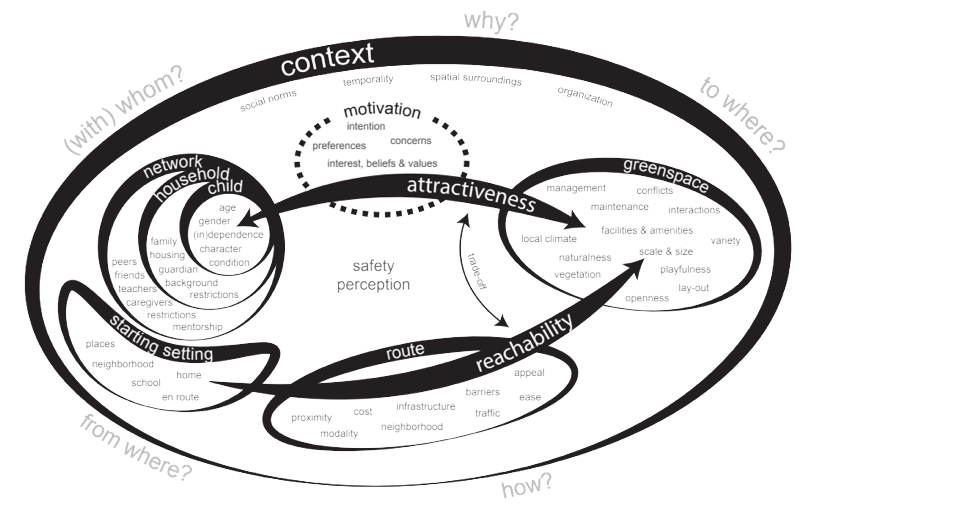City Know-hows

Assessing the urban environment is crucial for enhancing mental well-being. It is imperative to identify relevant indicators and establish a comprehensive framework to measure the impact effectively. This approach is essential for initiating strategic interventions aimed at improving mental health outcomes.
Share
Target audience
Urban designers and planners; Public health and healthcare professionals; Academicians, sociologists, and policy-makers.
The problem
Existing tools may not be directly applicable due to variations in environmental and cultural factors. The need for a context-specific framework to assess urban environments for mental well-being in India is crucial, given the unique physical and social dynamics of the country.
What we did and why
Examining and understanding the urban environment is pivotal for promoting mental well-being among residents. This involves not only recognizing the factors that contribute to mental health but also establishing a structured framework to gauge their influence. Developing a robust framework enables a systematic evaluation of various factors influencing mental well-being in urban settings, paving the way for informed decision-making and targeted initiatives.
Our study’s contribution
Creating a comprehensive framework involves designing a systematic approach to measure, analyze, and interpret the various elements that affect mental health within an urban context. This framework acts as a roadmap, providing a structured way to assess the multifaceted aspects of the urban environment, such as physical infrastructure, social dynamics, green spaces, noise levels, accessibility to essential services, and overall community support.
Impacts for city policy and practice
By developing and implementing this framework, policymakers, urban planners, and healthcare professionals can gain valuable insights into the specific aspects of the urban environment that contribute positively or negatively to mental well-being. This, in turn, facilitates evidence-based decision-making and the formulation of targeted strategies to address identified challenges and enhance positive influences.
Further information
Full research article:
Related posts

Access to greenspace impacts children’s physical, social, and mental health. While the factors affecting children are different from those affecting the general population, many accessibility measures use the same principles for children as they use for the general population. We present a comprehensive visual overview of factors affecting children’s access, how it can be measured across geographical contexts, and what measures remain to be developed.

New research explores if and how mosquito-borne diseases are considered in city resilience, and provides recommendations on how cities can integrate mosquito-borne disease prevention and control into their resilience approach.

As emerging challenges have made urban areas increasingly vulnerable, jeopardizing the health and well-being of their inhabitants, resilience should be seen as a pathway for healthy cities and integrated into urban planning practices. This study shows if and how existing indicator frameworks can identify urban systemic vulnerabilities and priorities for resilience building to provide local authorities with evidence crucial in planning for healthy and resilient cities.